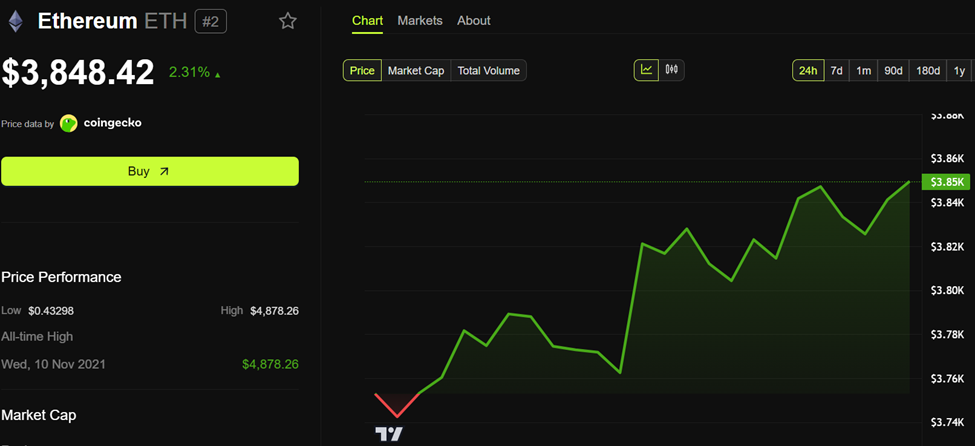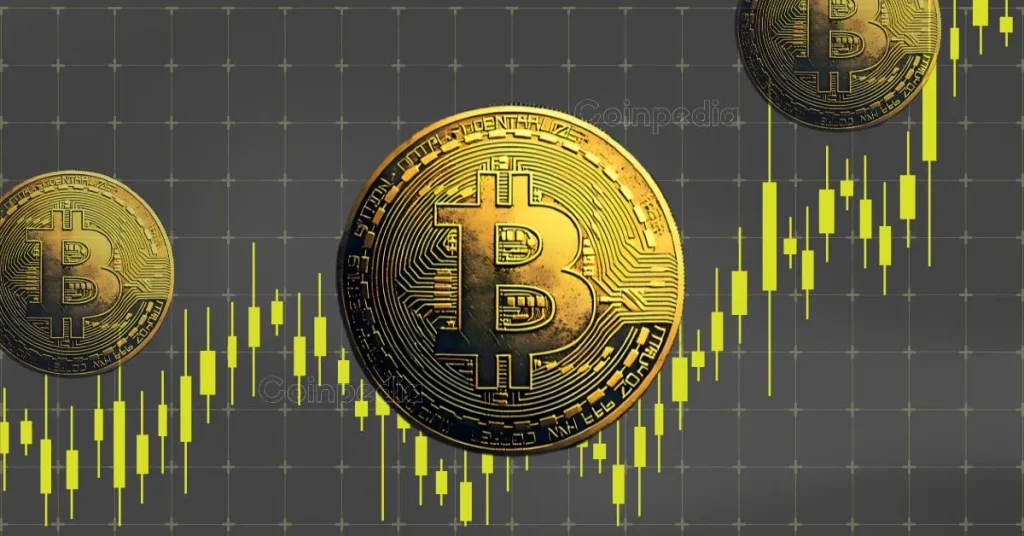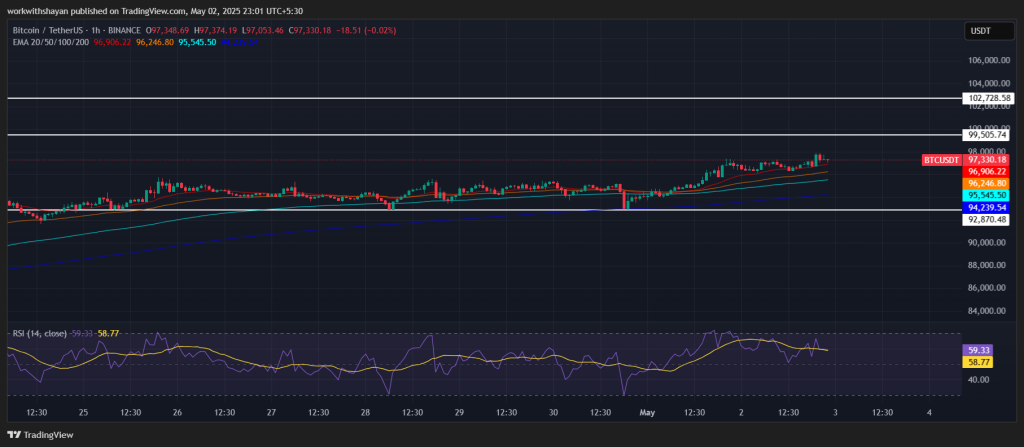
CryptoQuant’s Realized Ethereum price by accumulating addresses is flashing a buy signal that foreshadows a massive bull rally for ETH if history rhymes. The last time this on-chain metric flashed this exact buy signal was in 2020, which led to a massive uptrend to new highs. Will history rhyme?
Ethereum Price Buy Signal Forecasts Massive Uptrend for ETH
As of Tuesday, March 18, 2025, Ethereum price trades around $1,900, down 47% from its yearly open. This bearish performance could come to an end soon as CryptoQuant data shows a buy signal for ETH.
The Realized Ethereum price by accumulating addresses indicator has slipped below the realized price, indicating that the holders are in loss. The last time this indicator flashed a buy signal was in March 2020, which was followed by a 5,560% rally to a new all-time high (ATH) of $4,868 in roughly the next two years.

Ethereum Fundamentals Support A Massive Bull Rally for ETH Price
Although the Ethereum price performance for the past two years has been poor, time will tell if history will repeat or rhyme. Regardless, the ongoing crypto market consolidation is likely marking an end to the meme coin-based rally. The next phase of the bull run will most likely be driven by utility rather than vanity or hype.
If this is the case, then Ethereum is positioned as the best cryptocurrency, especially with the spot ETF already approved. Moreover, institutions are also going to flock to the Real-World Asset (RWA) or tokenization sector. Since RWA or tokenization sector is concentrated on Ethereum, it will likely enjoy a monopoly and the capital inflow is likely going to propel ETH’s value to new highs, potentially surpassing $5,000.
Despite the short-term uncertainity, the long-term outlook Ethereum price prediction is bullish.
Key Levels to Watch
As noted in the previous CoinGape article, the key Ethereum price levels include $2,100. $2,200, $2,602 and $2,768.
If ETH price manages to produce a daily candlestick close above $3,000, it will signal the persistence of buying pressure and likely catalyze an extension of the uptrend to $4,000 and the current ATH at $4,868.
In a highly bullish case, Ethereum could also attempt a retest of the $5,000 psychological level.
The post Last Time Ethereum Price Flashed This Buy Signal, ETH Rallied 5,560% to $4,868, Will History Rhyme? appeared first on CoinGape.











